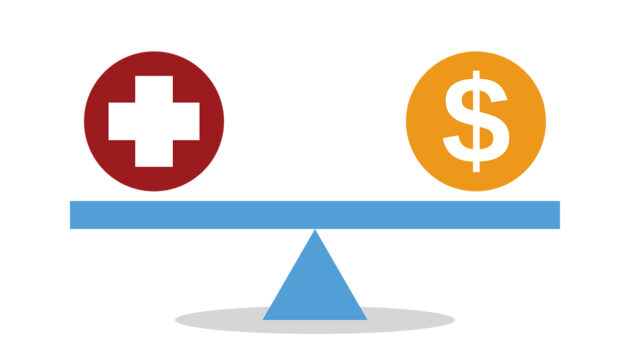
Population Health and Disparities
Featured Topics
Lead story
Other featured articles
-
Use of Oral and Emergency Contraceptives After the US Supreme Court’s Dobbs Decision
The Dobbs decision was associated with declines in oral contraceptives, particularly ECs, in states enacting the most restrictive abortion policies.
Posted in -
Study: States with the Most Restrictive Abortion Policies Saw the Biggest Declines in Use of Birth Control and Emergency Contraceptives After Dobbs Decision
The findings suggest that the Supreme Court’s reversal of Roe v Wade has had wider ramifications for women’s reproductive health than previously thought.
Posted in -
How To Advance The Debate Over QALYs: A Response To Kaplan et al.
Jason Doctor and Darius Lakdawalla respond to a recent Health Affairs Forefront article by Robert Kaplan and colleagues and call for an alternative to QALYs, given issues with the underlying assumptions.
Posted in -
Food and Nutrition Insecurity: Experiences That Differ for Some and Independently Predict Diet-Related Disease, Los Angeles County, 2022
Monitoring nutrition insecurity in addition to food insecurity can provide new information about populations with barriers to healthy diets.
Posted in
About this section
The Schaeffer Center conducts vital research aimed at reducing health disparities by strengthening the nation’s safety net of care for the most underserved and vulnerable among us.
Our Work In Population Health and Disparities
-
A New Healthcare Valuation Model That Puts Patients First: Generalized Risk Adjusted Cost-Effectiveness (GRACE)
By recognizing that health is worth more to those who have less, GRACE provides a more equitable approach to value assessment and healthcare investments.
Categorized in -
Risk Preferences Over Health: Empirical Estimates and Implications for Medical Decision-Making
Individuals are risk-seeking at low levels of health and are most risk-averse at perfect health
Categorized in -
A Principled Approach to Non‑Discrimination in Cost‑Effectiveness
Generalized Risk-Adjusted Cost-Effectiveness (GRACE) offers a choice-consistent alternative that admits a premium for disease severity and avoids prohibited discrimination under well-defined conditions on utility and the effects of disability.
Categorized in -
Understanding Over- and Under-Screening of Cervical Cancer Among a National Sample of Commercially Insured Women: Implications for Health Equity
The study identified high rates of over-screening and under-screening among a national cohort of commercially insured women, signaling the need for interventions to improve guideline adherent screening
Categorized in -
Acculturation and Stereotype Threat: Advance Care Planning among Hospitalized Hispanic Patients
Ethnic minorities, especially Hispanics, are less likely than Whites to engage in advance care planning.
Categorized in -
Applying for the 2024-2025 CeASES-ADRD Pilot Award
Applications are now closed.












